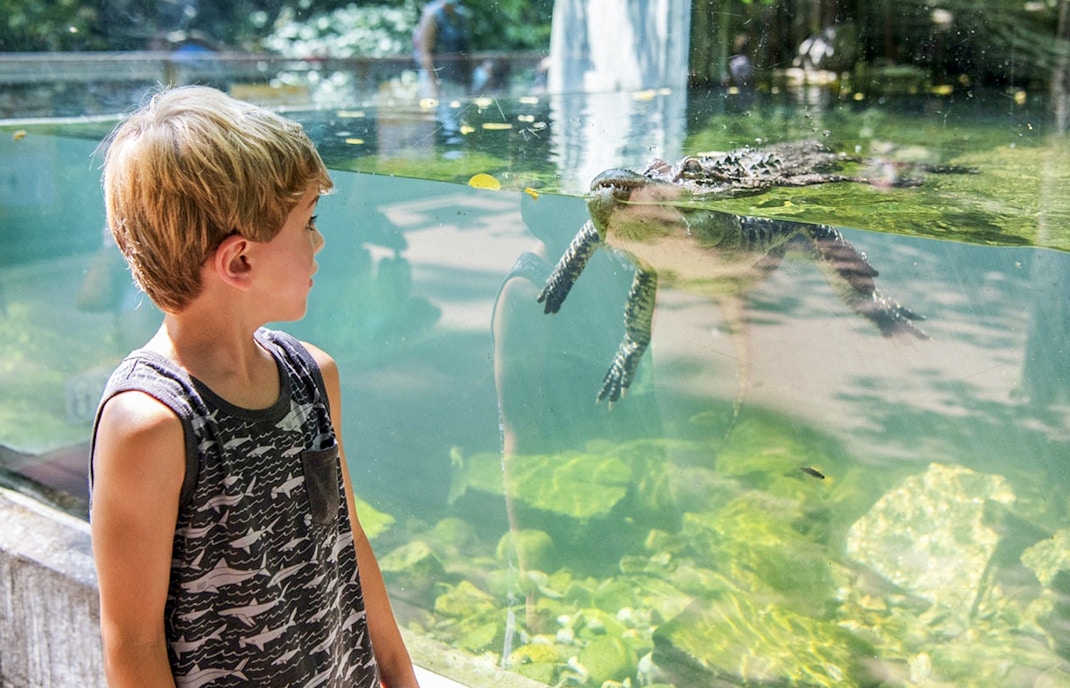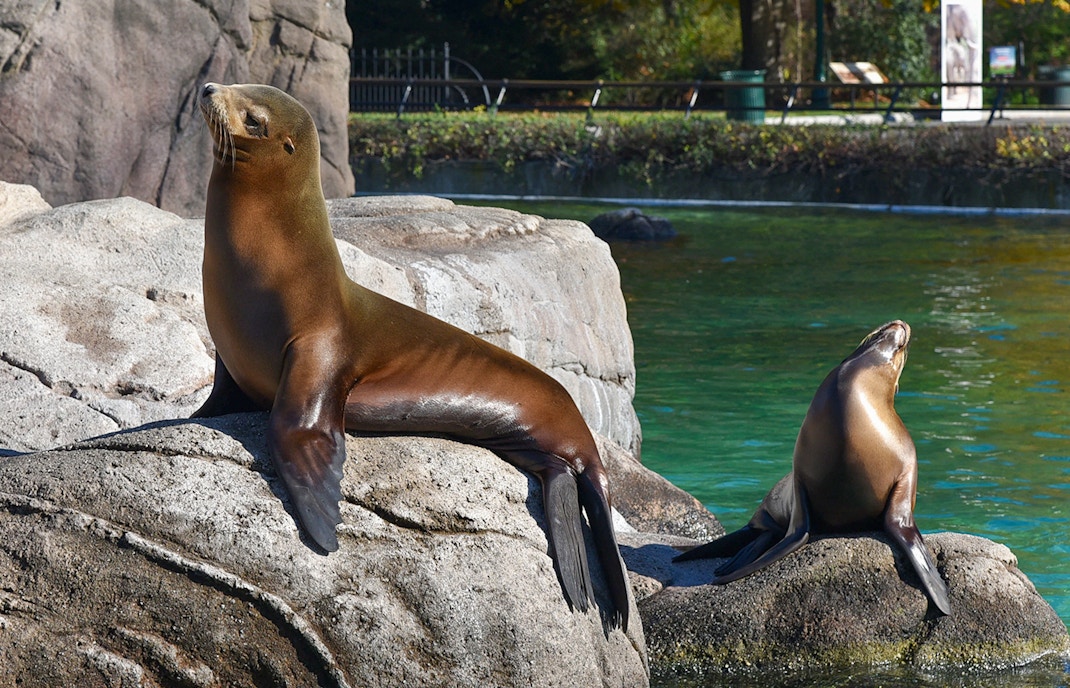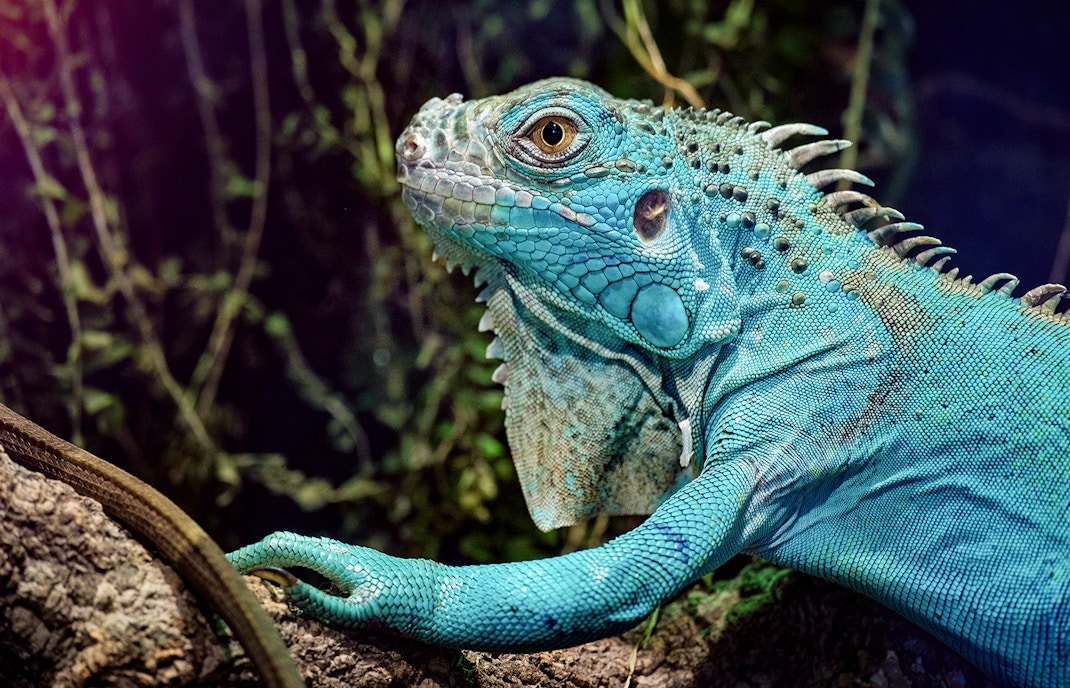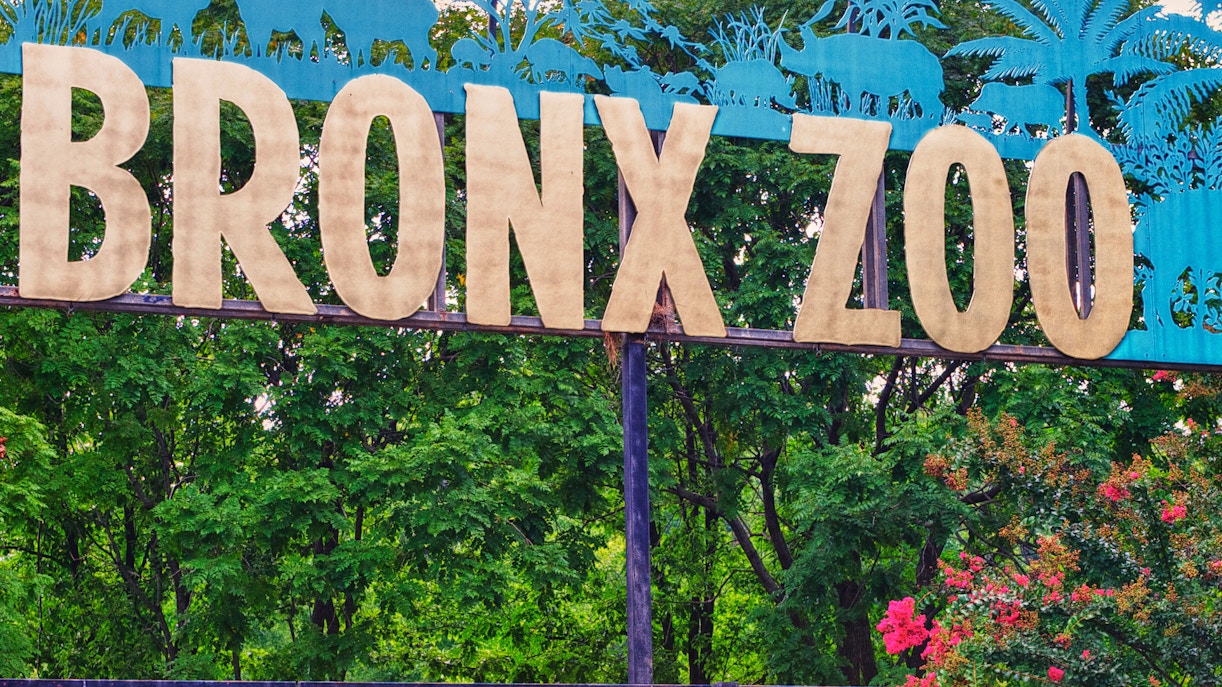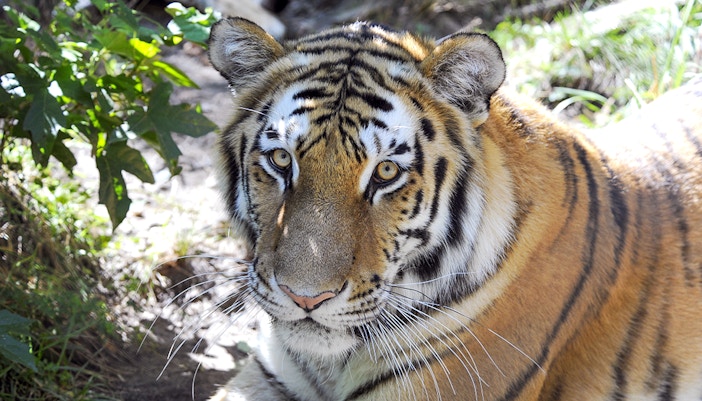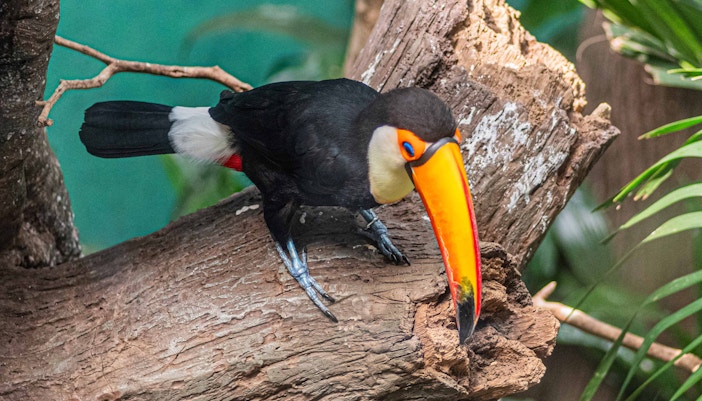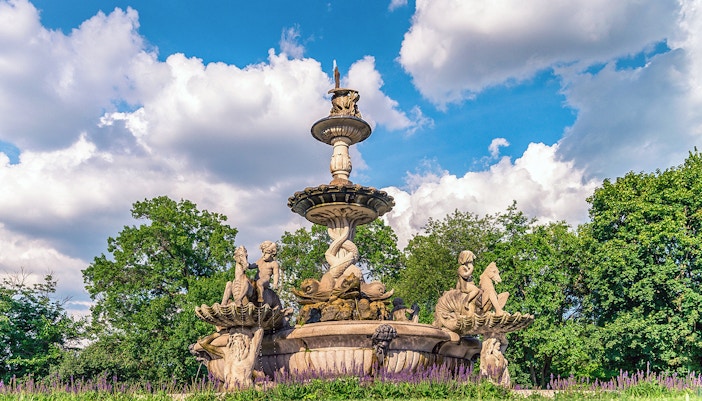The Bronx Zoo originated from the conservation movement of the late 19th century. In 1895, the New York Zoological Society, now known as the Wildlife Conservation Society (WCS), was established to promote zoological research, public education, and wildlife preservation.
The zoo officially opened in 1899, showcasing 843 animals across 22 exhibits. With support from President Theodore Roosevelt, the zoo bred bison and successfully reintroduced them into protected areas in the western United States.
